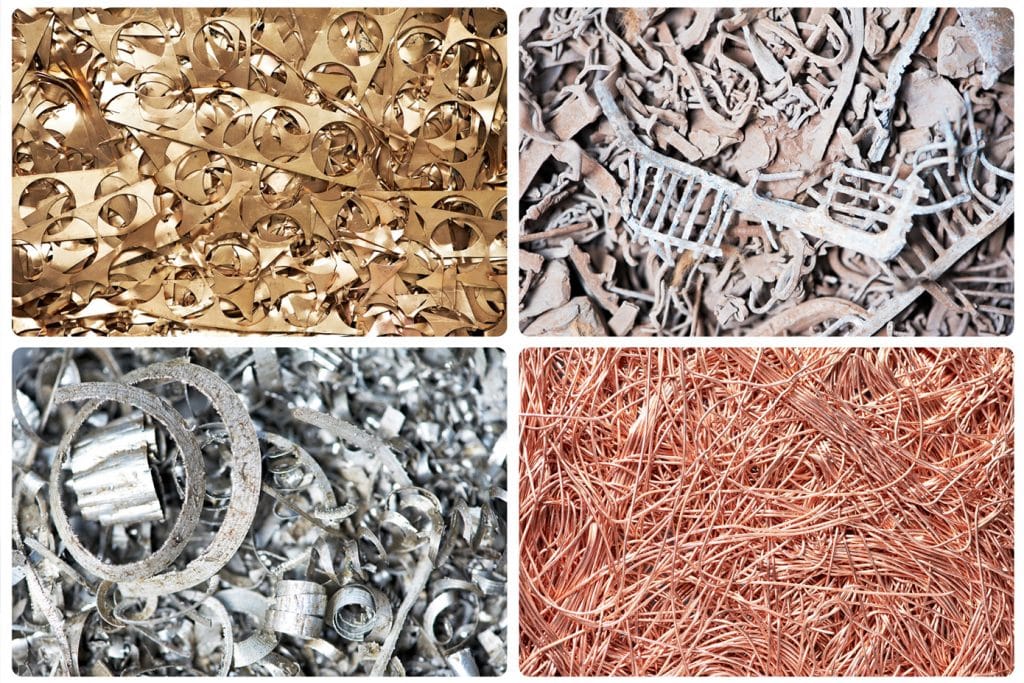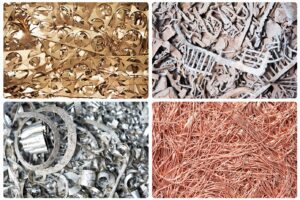It’s a question we get asked a lot, as is sometimes the way with technical terms it might well be something you already knew, (but didn’t realise you did) and if you do, then read on anyway, you might just expand that knowledge. If you’re completely in the dark, then definitely read on, we assure you, you’ll be glad you took a moment or two…
So…what are the differences between ferrous and non-ferrous metals? It’s a question that crops up a lot in our industry, people can be familiar with the phrases, but not everyone is comfortable asking exactly what they might mean. At Selmach we believe that every question is a good one, and we wanted to take a little time to light your way, knowledge is power after all.
Let’s start by looking at the origins of the word itself; “ferrous” has its roots in the Latin word “ferrum” meaning iron, whilst the Latin “ferreus” means made of iron. Those of you who know a thing or two about science might also know the chemical symbol for iron is “Fe”. So right here, we have it; the difference between ferrous and non-ferrous metals is that the former contains iron, while the latter does not, simple right?
Not too complex so far, but remember what we said above? A little knowledge is power, so what about the various properties of ferrous and non-ferrous metals? What are the benefits of one over the other, and which are best suited for different applications?
Ferrous metals
Ferrous metals are known for their strength above all else, everything from bridges to railway lines and the automotive industry rely heavily on ferrous materials. Iron is also magnetic, making ferrous metals ideal for engine building and household appliances. It isn’t all positive for ferrous metals though, as anyone who has worked with them will testify; with the notable exceptions of wrought iron and stainless steel, they are prone to oxidisation or rusting.
Some examples of ferrous metals are:
• Steel (Iron and carbon) widely used in industrial metal fabrication
• Carbon steel (a higher carbon content) with exceptional hardness
• Stainless steel, An alloy with chromium which combats oxidisation (rusting)
• Lightweight metals such as nickel, chromium and titanium added other metals to improve strength without adding weight
• Cast iron, a blend of Iron, silicon and carbon, a hard and heavy metal, highly resistant to wear
Non-ferrous metals
None ferrous metals are not prone to rusting and have different properties to their ferrous counterparts, making them ideal materials for applications such as roofing, gutters and pipework as well as electrical installations. Generally non-ferrous metals are more malleable and much lighter, hence their widespread use in aviation, they are also generally not magnetic. Some of the most common non-ferrous metals we come across are:
• Zinc, low melting point makes this metal ideal for galvanizing other metals
• Tin, a soft and malleable metal with low tensile strength, well suited to coating steel to prevent rusting
• Lead, heavy and soft with low strength and low melting point
• Aluminium, very light and easily formed with low strength
• Copper, highly conductive and malleable, widely used in electrical applications
Look out for more articles exploring the most popular questions and queries we come across and check out our extensive knowledge base over on our YouTube channel.
If there is anything you think we should cover, anything you wish you knew but were afraid to ask, then get in touch, there’s never been a better time!
Published 13th August 2018


